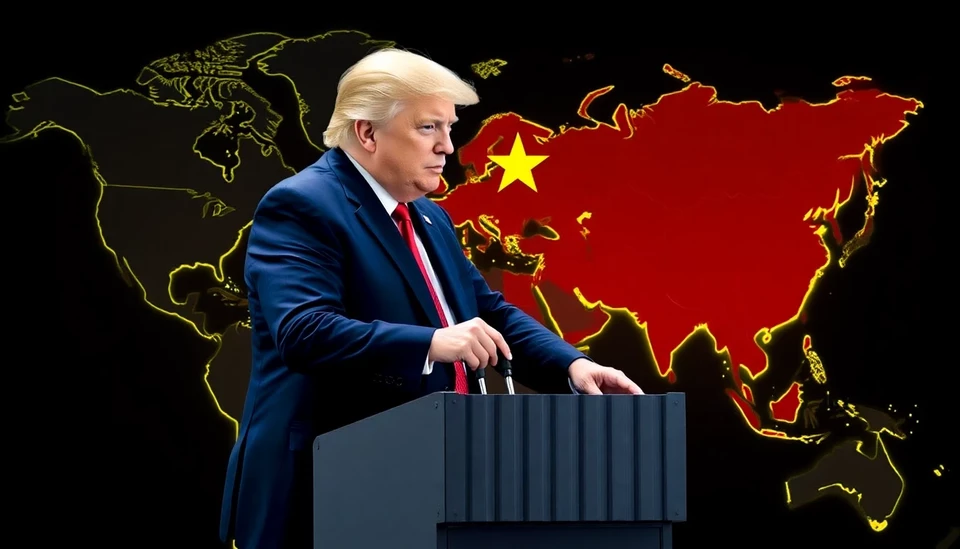
In a rapidly evolving global landscape, tensions between the United States and China continue to escalate, particularly in the tech sector. U.S. officials are facing an uphill battle as they attempt to rein in China's burgeoning technological capabilities. This development not only shapes economic interactions but also has profound implications for national security and international influence.
As China advances its technological prowess, American leaders express growing concern over the implications of Beijing's rise. Recent discussions among policymakers and industry leaders have centered around finding effective strategies to contain this growth without provoking further conflict or alienating crucial allies.
One of the key focal points has been the semiconductor industry, which is the backbone of modern technology. The U.S. government has undertaken significant measures, including stricter export controls on advanced chip technologies and increased investment in domestic semiconductor manufacturing. These efforts aim to create a more self-reliant technology sector while curbing China's access to critical components that could enhance its technological capabilities.
Moreover, Washington is keen on rallying its allies to join in this endeavor. The perception is that a united front among Western nations could better challenge China's dominance and promote a technology ecosystem that aligns more closely with democratic ideals. However, this coalition-building is fraught with difficulties, as many nations are economically dependent on Chinese markets and are wary of exacerbating tensions.
As the Biden administration grapples with these challenges, it is evident that the path to establishing a balanced approach towards China is complex. U.S. officials are tasked with forecasting the broader consequences of their actions, acknowledging that aggressive moves could trigger retaliation from Beijing, further straining diplomatic relations.
While there is a consensus among American policymakers about the need to counter China’s tech ascendancy, the approach remains contentious. Some advocate for more aggressive measures, including expanded sanctions and limitations on Chinese firms operating in the U.S., while others argue for engagement and dialogue to prevent an outright tech war that could stifle innovation on both sides.
The profound implications of this tech race extend beyond mere economic competition; they are intrinsically linked to global power dynamics. As both nations vie for supremacy, trade relationships, security alliances, and technological innovation will all be tested, marking a crucial period in U.S.-China relations that could redefine the future of global governance.
Ultimately, the ongoing struggle to manage these tensions highlights the precarious balance at play. Navigating issues of trade, technology, and security will require a multifaceted approach, underscoring the importance of diplomacy in preventing conflict and fostering sustainable co-existence between two of the world’s largest economies.
In conclusion, as the landscape of international relations continues to shift, the U.S. remains focused on not just containing China’s tech rise but also charting a strategic course that promotes its own interests while preserving global stability.
#USChinaRelations #Technology #Tensions #Diplomacy #Semiconductors
Author: Rachel Greene




